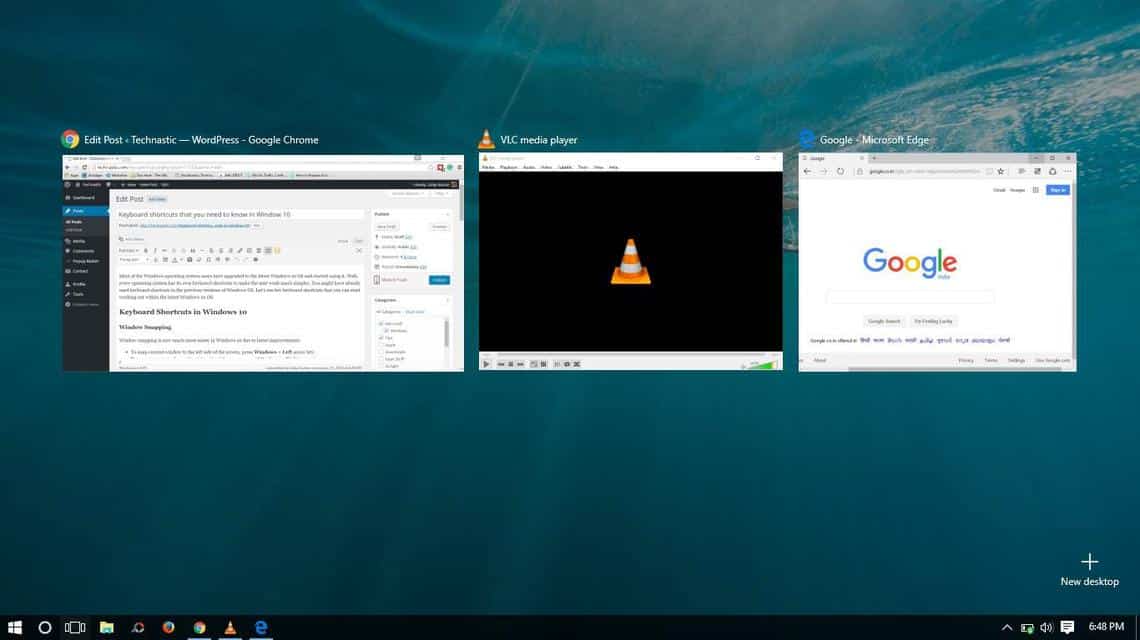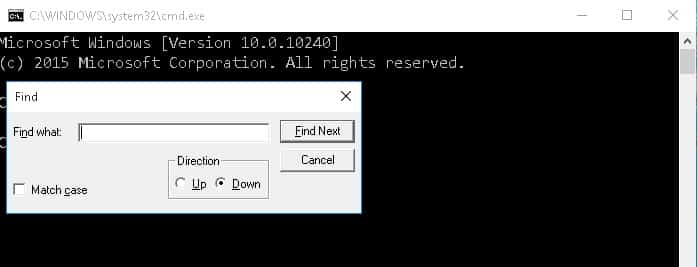Most Windows operating system users have upgraded to the latest Windows 10 OS and started using it. Well, every operating system has its keyboard shortcuts to make the user work much simpler. You might have already used keyboard shortcuts in the previous versions of Windows OS. Let’s see a buck of Windows keyboard shortcuts that you can start working out within the latest version of the OS.
Keyboard Shortcuts in Windows 10
Window Snapping
Window snapping is now much easier in Windows 10 due to the latest improvements.
- To snap the current window to the left side of the screen, press the Windows + Left arrow key.
- To snap the current window to the right side of the screen, press the Windows + Right arrow key.
- To snap the current window to the top of the screen, press the Windows + Up arrow key.
- To snap the current window to the bottom of the screen, press the Windows + Down arrow key.
You can also combine the above shortcuts to move the specific corner of the screen For example, if you want to snap the current window to the top left quadrant of the screen, then first press Windows + Up keys and then Windows + Left key or vice versa.
Window Management
You can now view the list of tasks and also switch between tasks or windows in Windows 10. Task view is a new interface that combines an Expose-like window switching and virtual desktops.
1. Windows + Tab
Pressing the above key combination opens the new Task view interface. This interface will remain open until the keys are released. The current virtual desktop will appear in the Task view list with the currently opened windows. You can also open a new virtual desktop by clicking on the + New Desktop in the bottom right corner of the screen.
2. Alt + Tab
Pressing the above key combination lets you switch between the opened windows. You can switch between the tabs by pressing these keys and releasing the keys closes the interface.
Virtual Desktops
Here are some of the keyboard shortcuts to manage virtual desktops.
- To create a new virtual desktop and switch to it, press Windows + Ctrl + D keys.
- To close the current virtual desktop, press Windows + Ctrl + F4 keys.
- To switch to the virtual desktop on the left or right, press Windows + Ctrl + Left/Right key.
But you don’t have shortcut keys to move the windows from one virtual desktop to the other virtual desktop.
Command Prompt
Before using the below shortcut keys in the Command Prompt or Windows Powershell, you need to enable them in the properties window.
Copying and Pasting Shortcuts
- To paste text in the command window, press Ctrl + V or Shift + Insert.
- To copy the selected to the clipboard, press Ctrl + C or Ctrl + Insert.

Selecting Text Shortcuts
- To move the cursor left a character, right a character, up a line, or down a line, press Shift + Left/Right/Up/Down keys to select the text.
- To select one word to the left or right, press Ctrl + Shift + Left/Right keys.
- To select the text at the beginning or end of the current line, press the Shift + Home/End keys.
- To select the text up or down the screen, press Shift + Page Up/Page Down keys.
- To select all text between the cursor and the beginning or end of the Command Prompt’s output, press Ctrl + Shift + Home/End.
Other shortcuts
- To open the Find dialog to search in the Command prompt window, press Ctrl + F keys.
- To close the Command prompt window, press Ctrl + F4 keys.

That’s it.
Do let us know your doubts or valuable suggestions in the below comment box.
